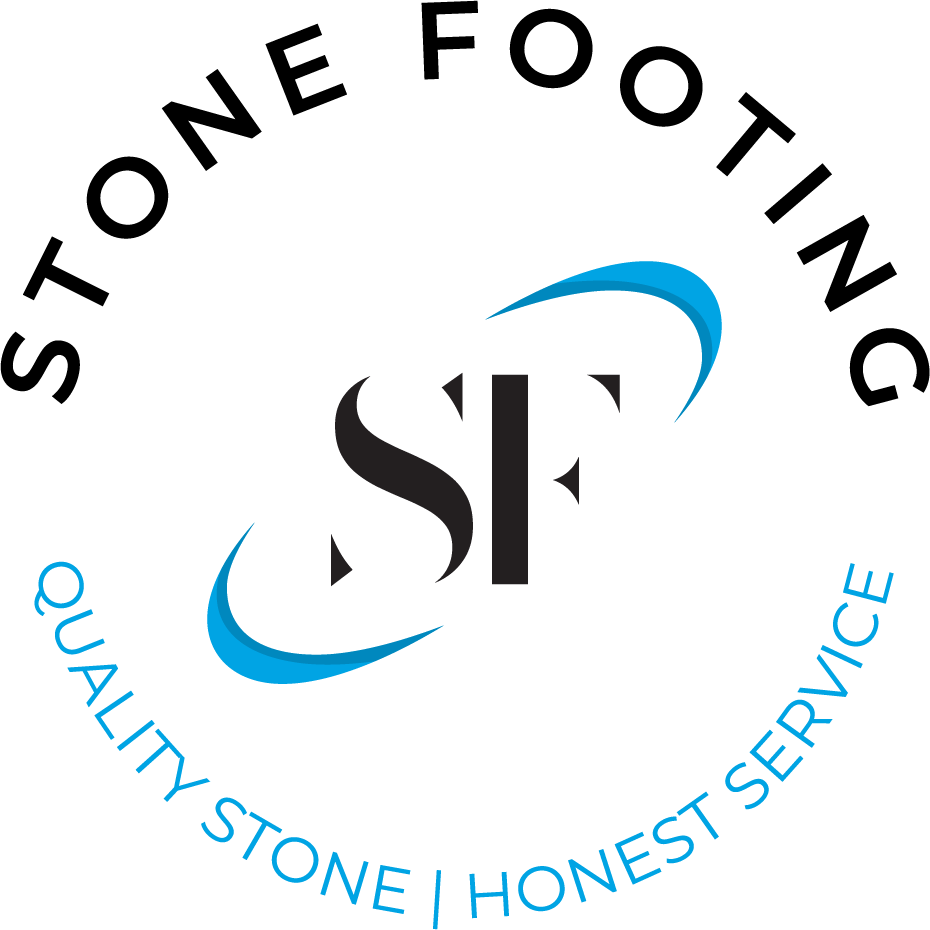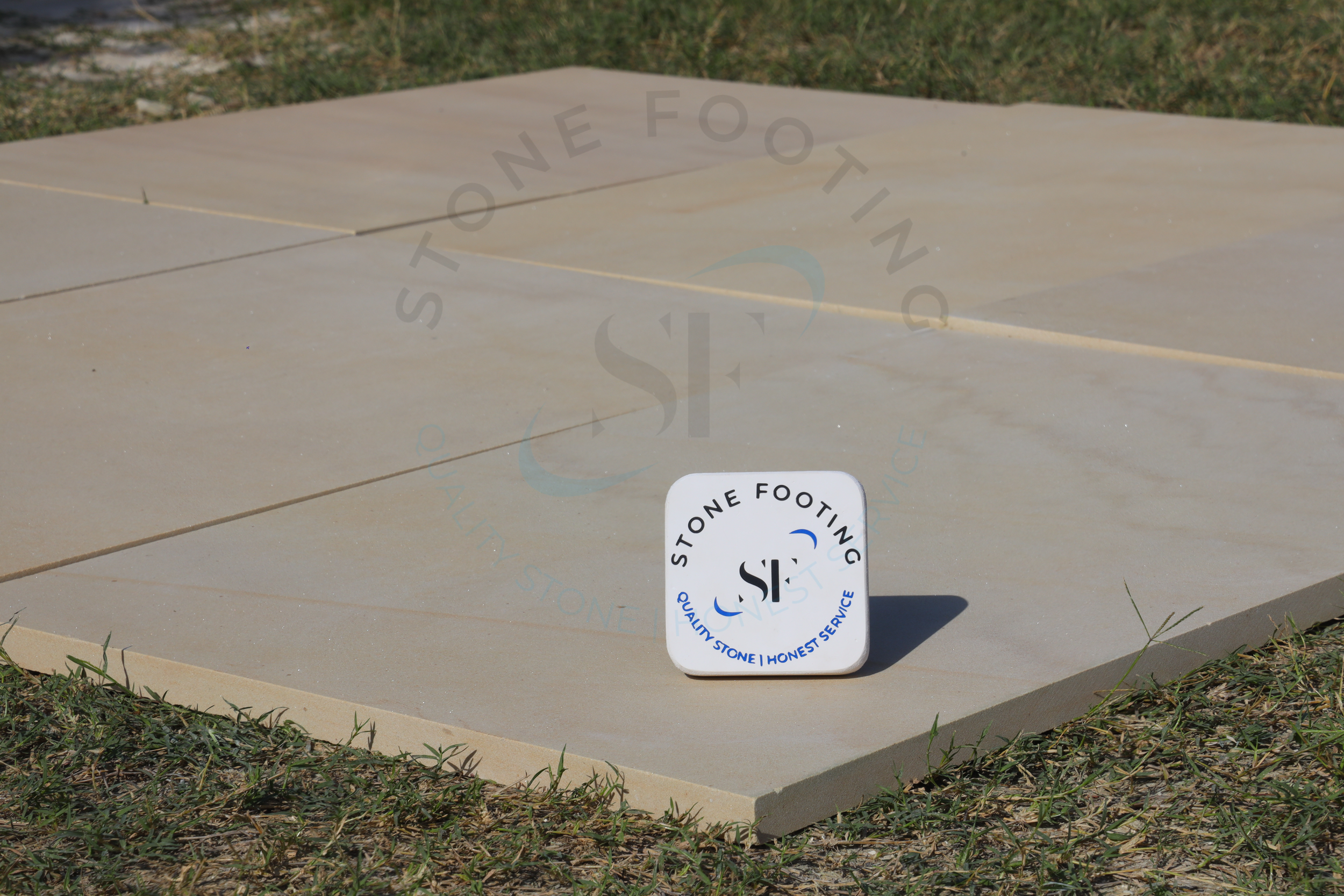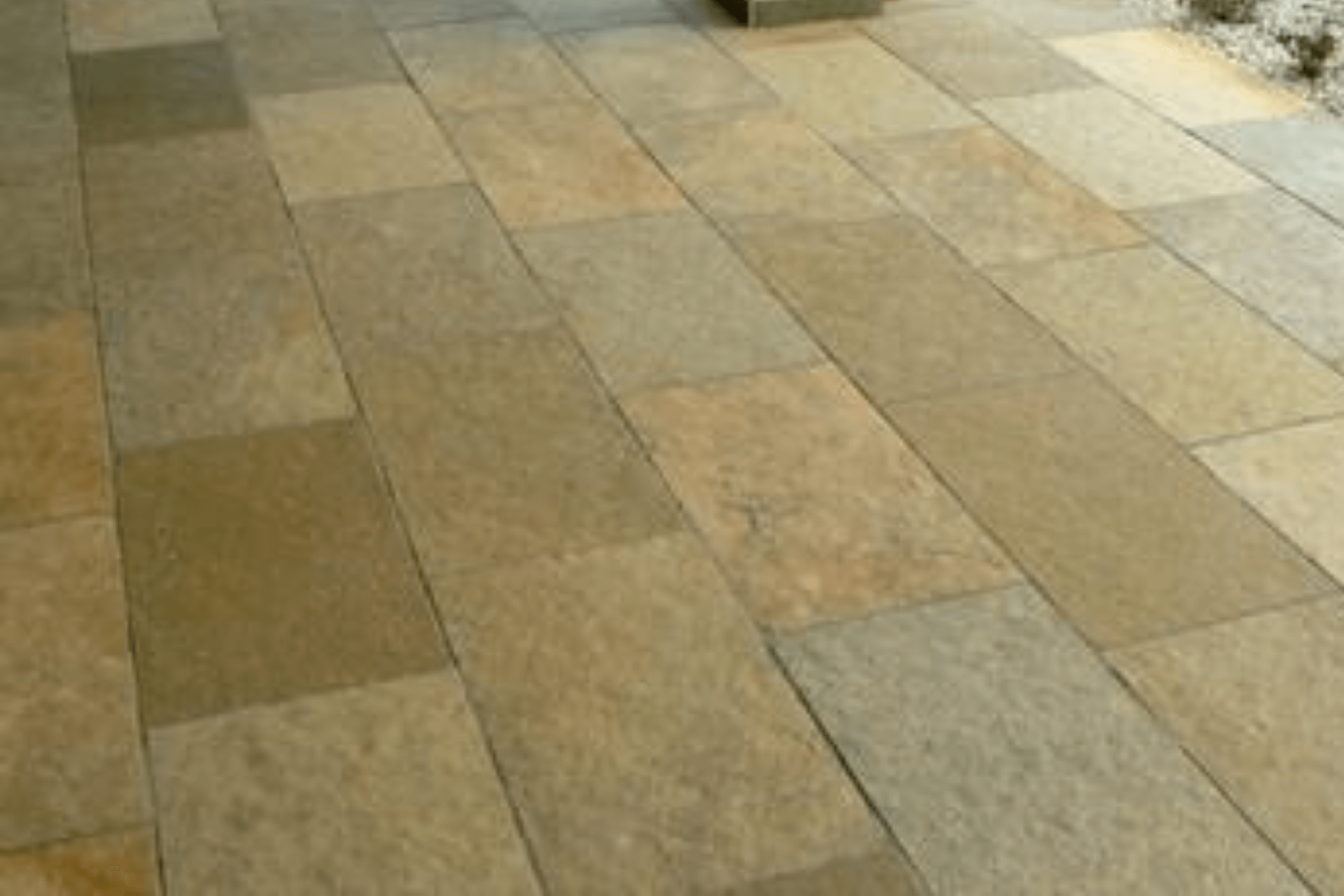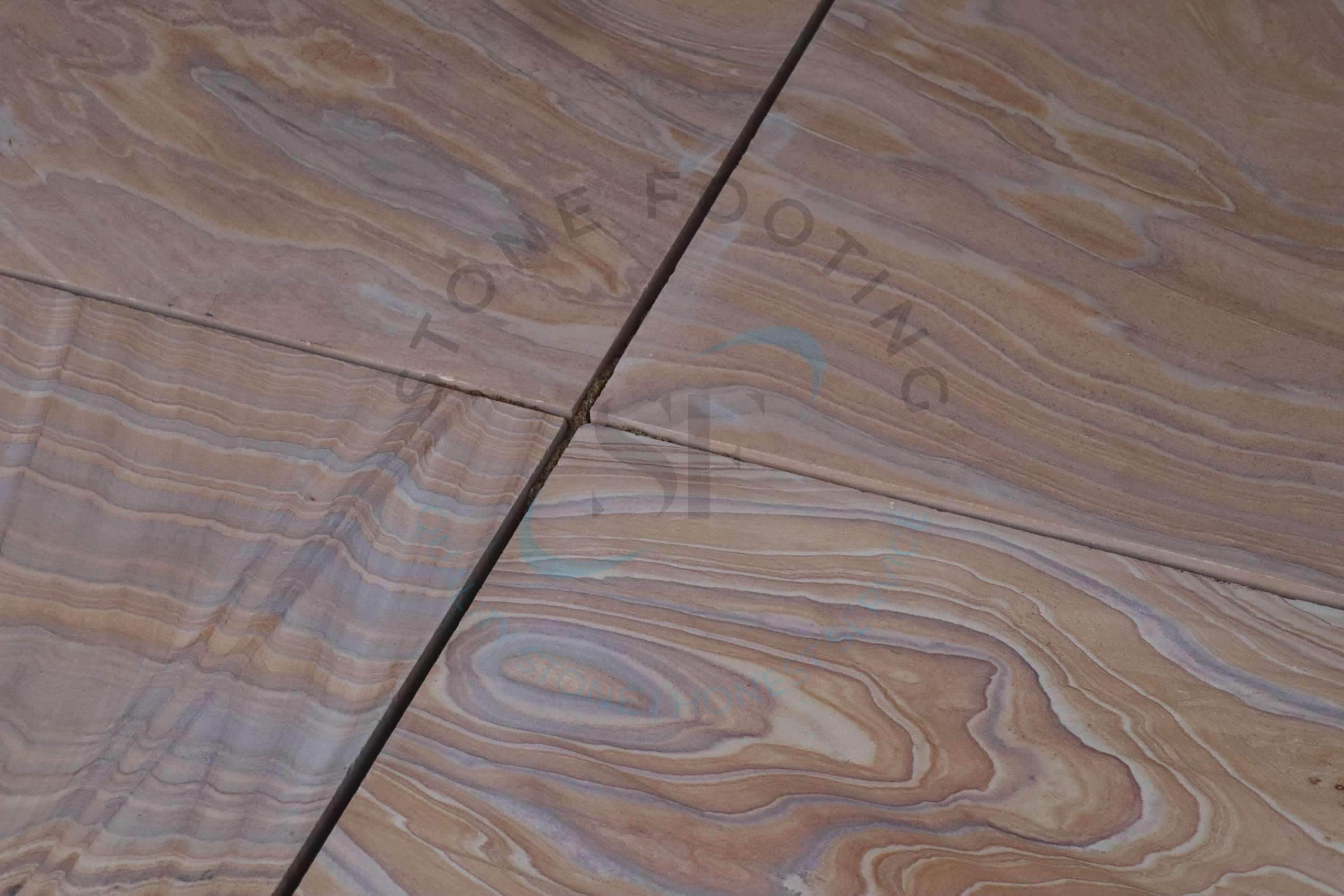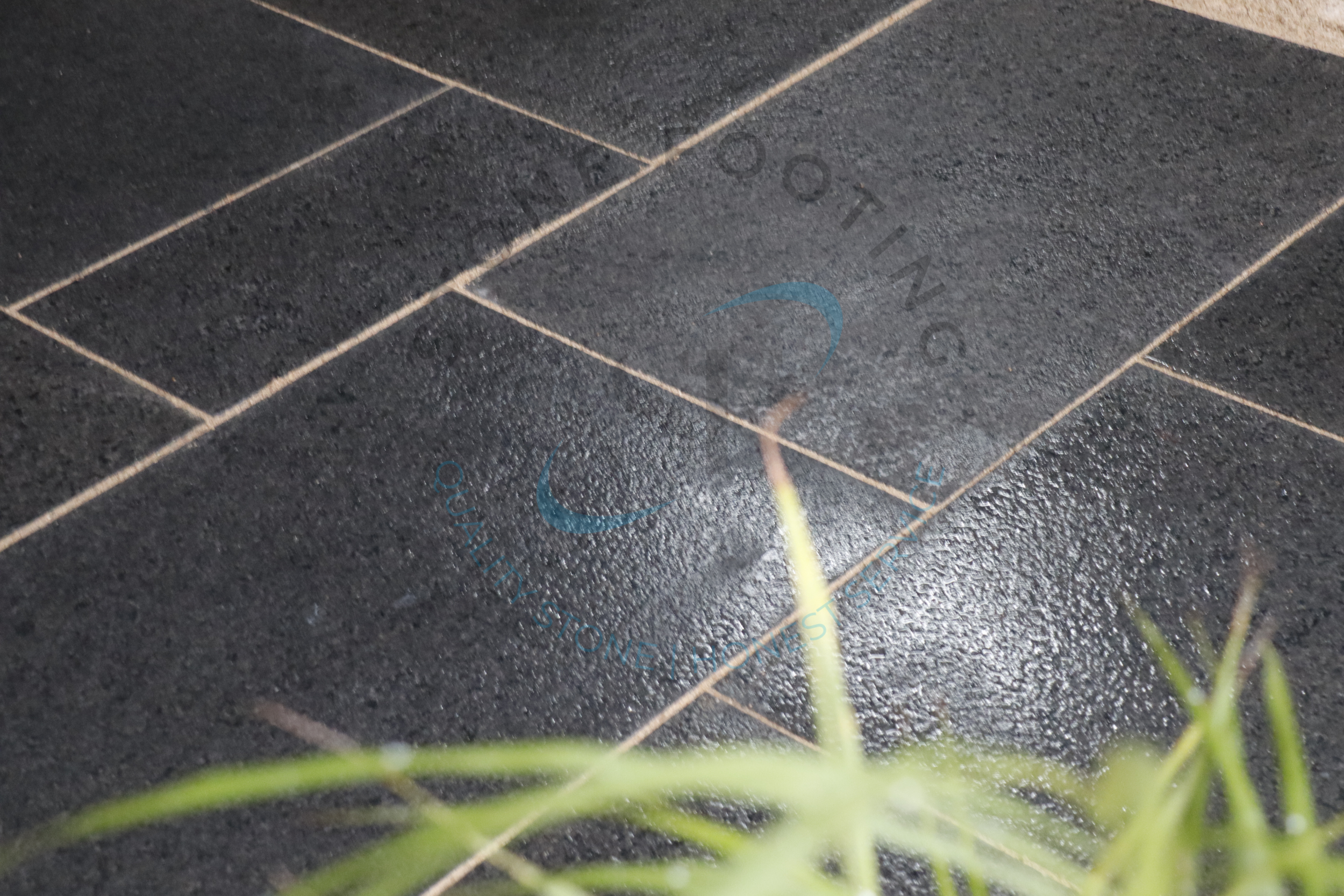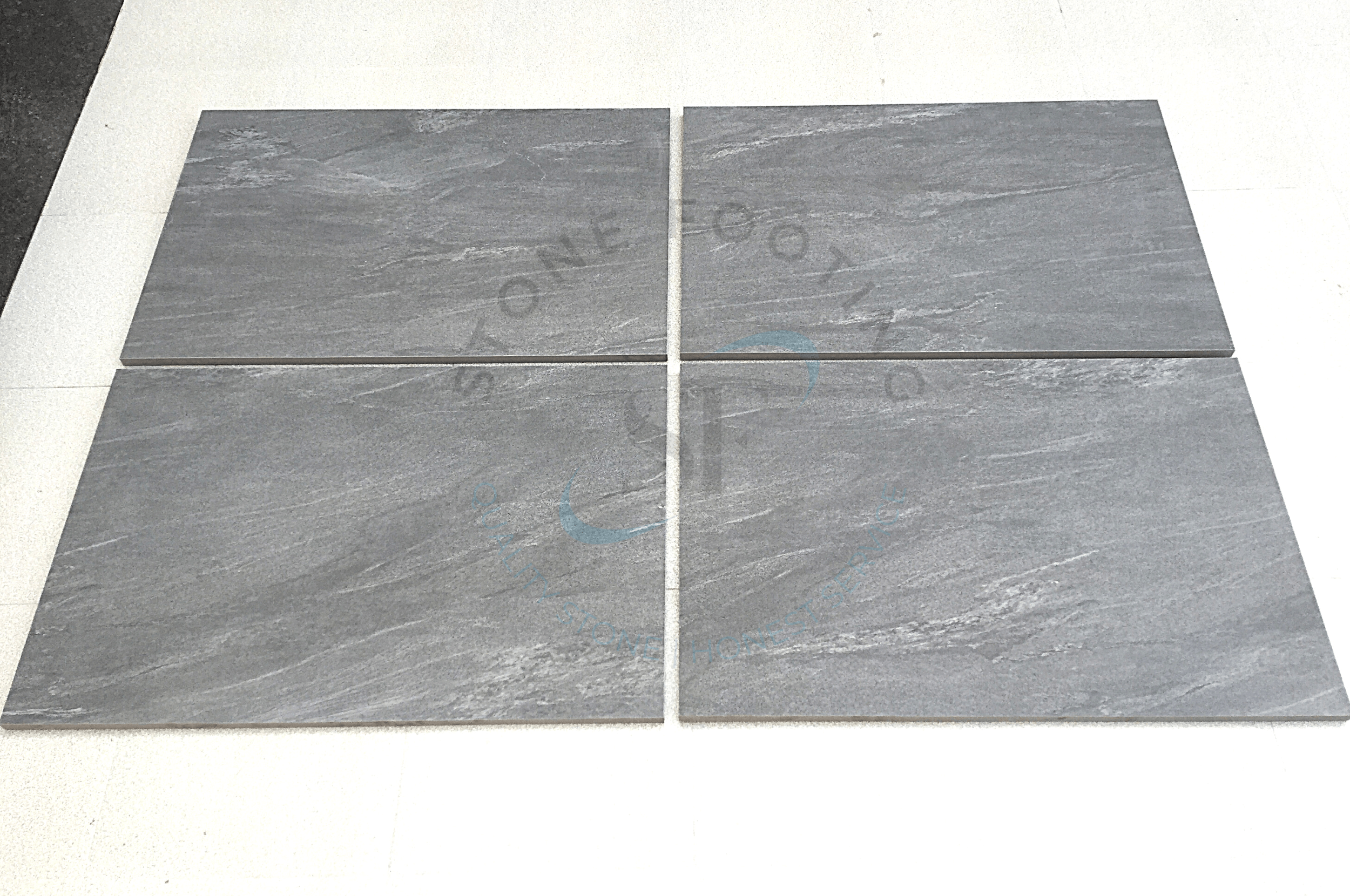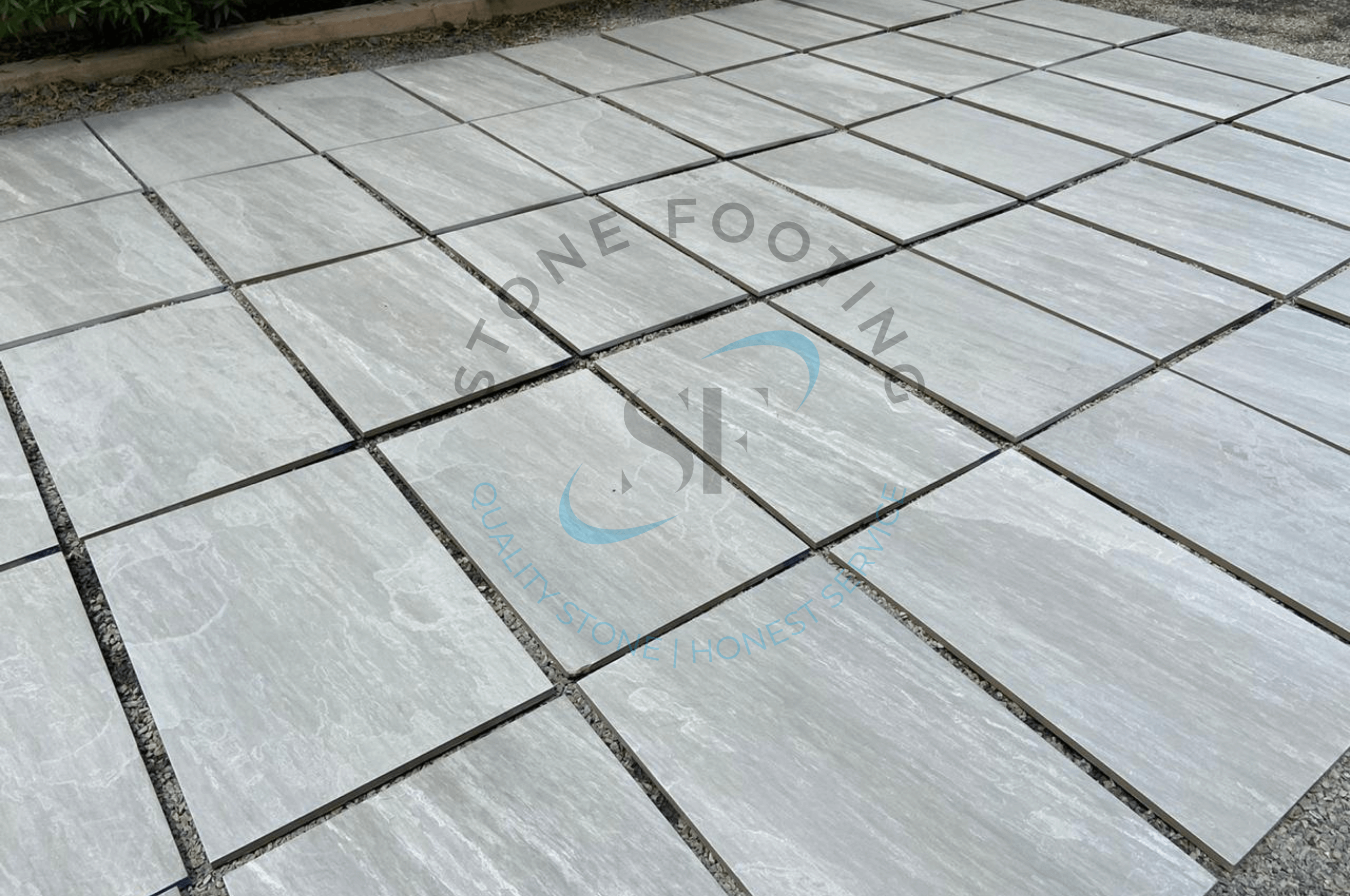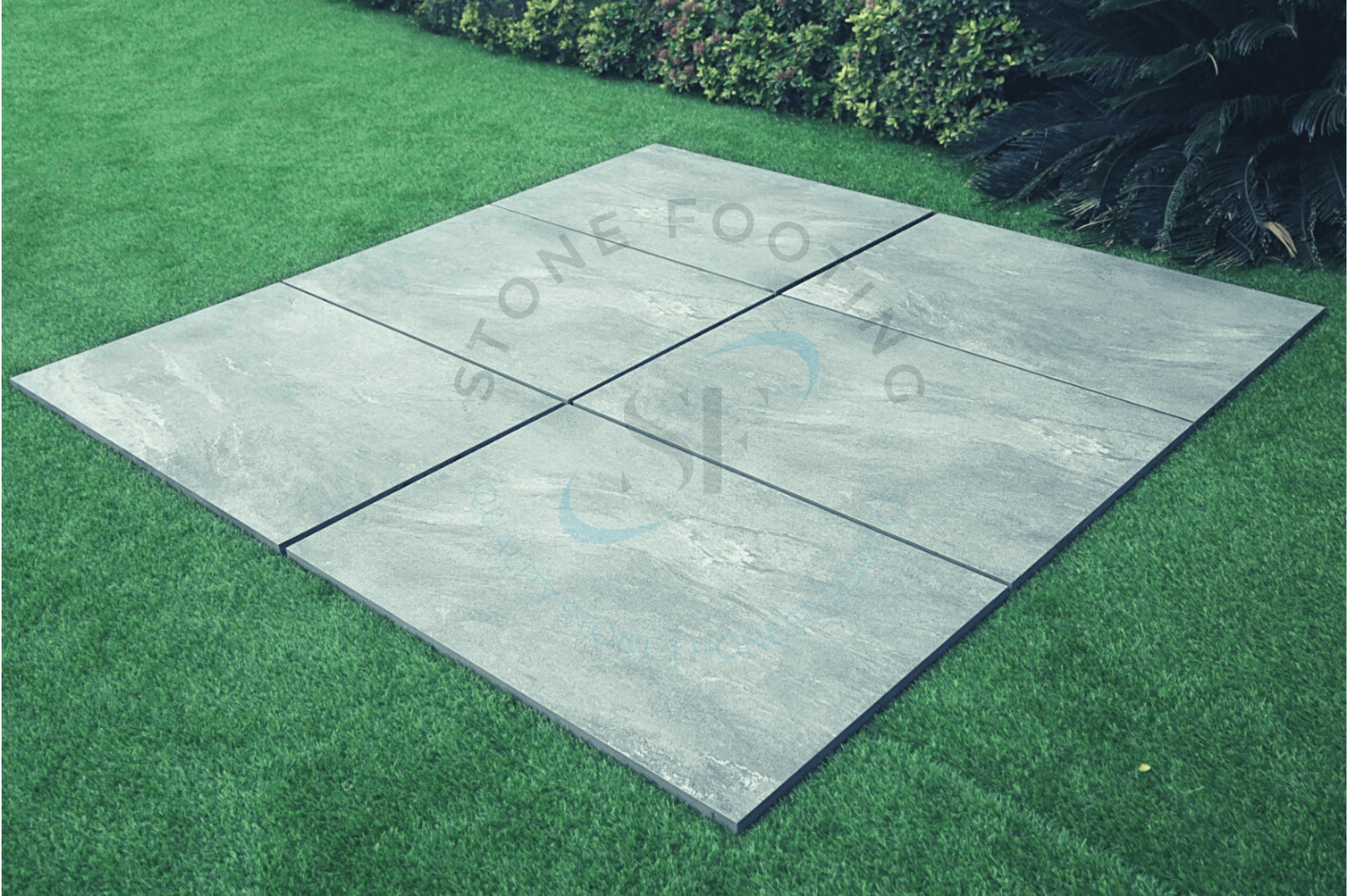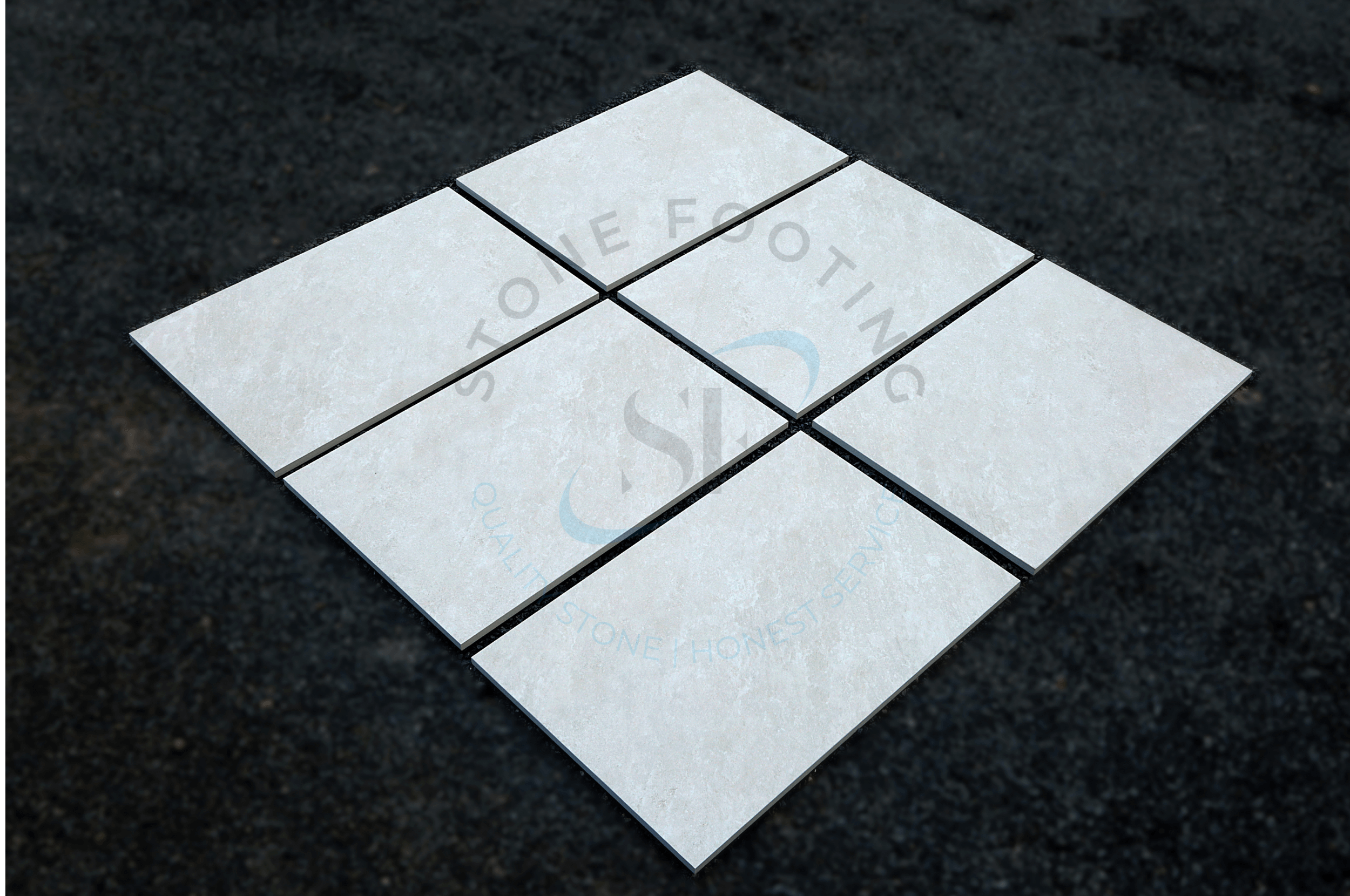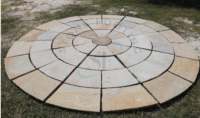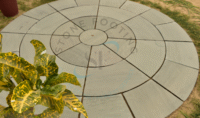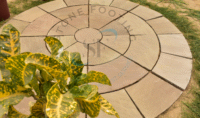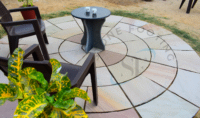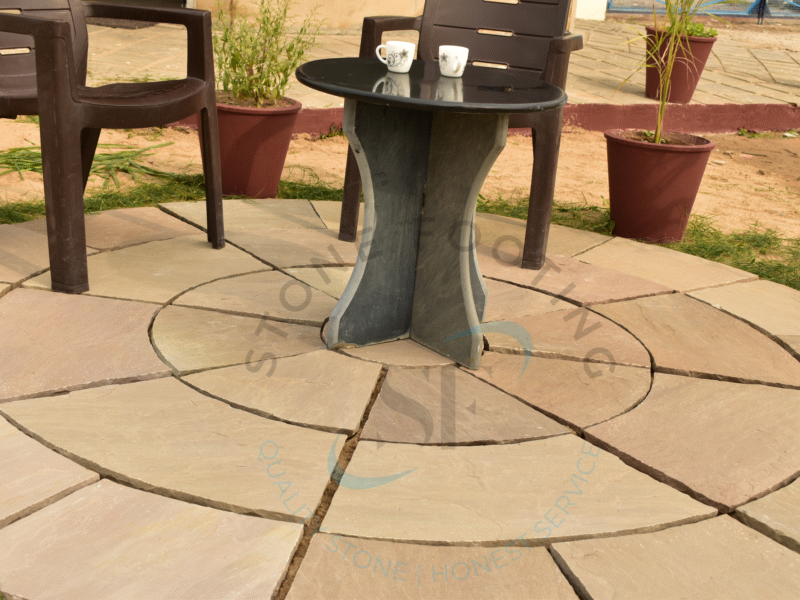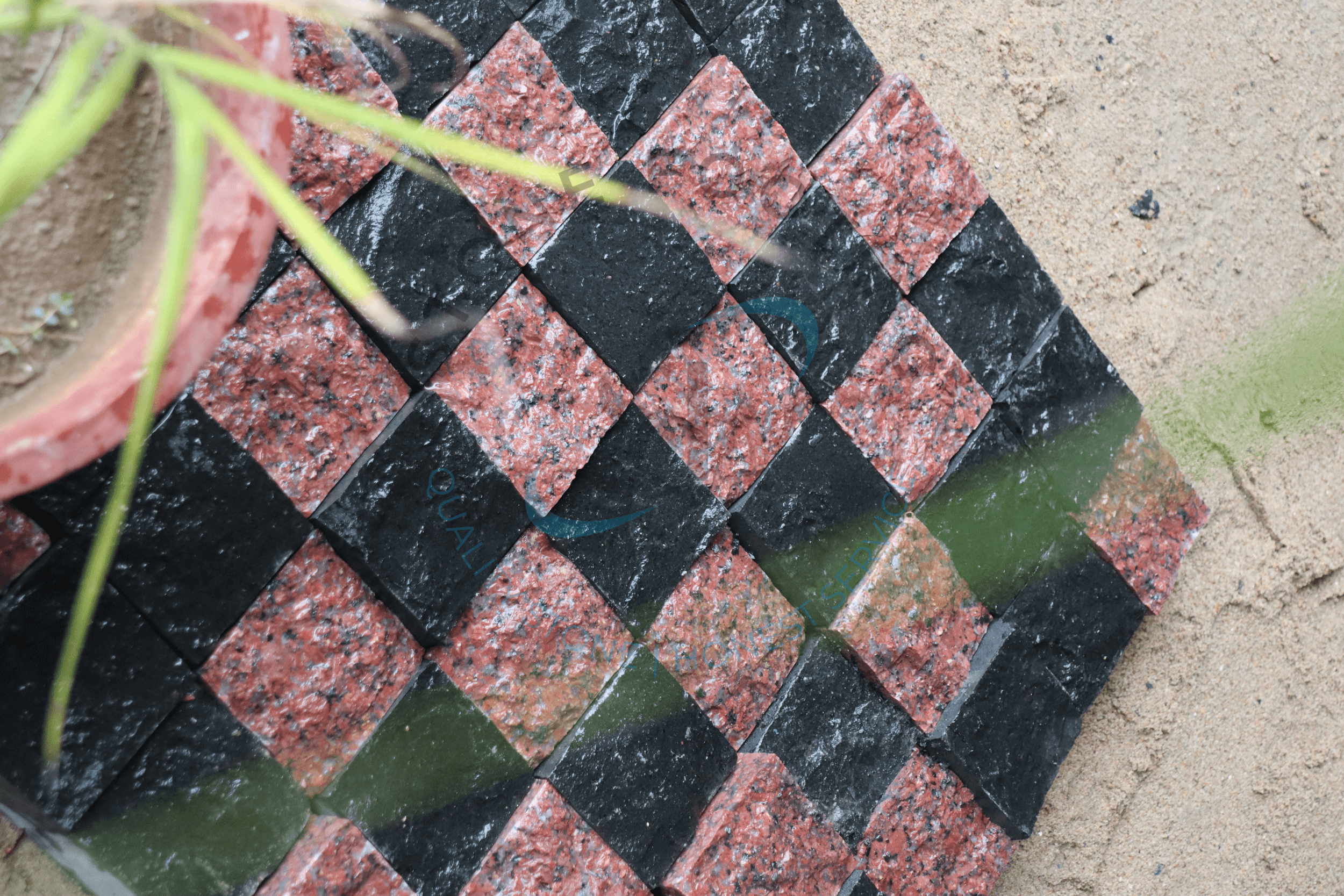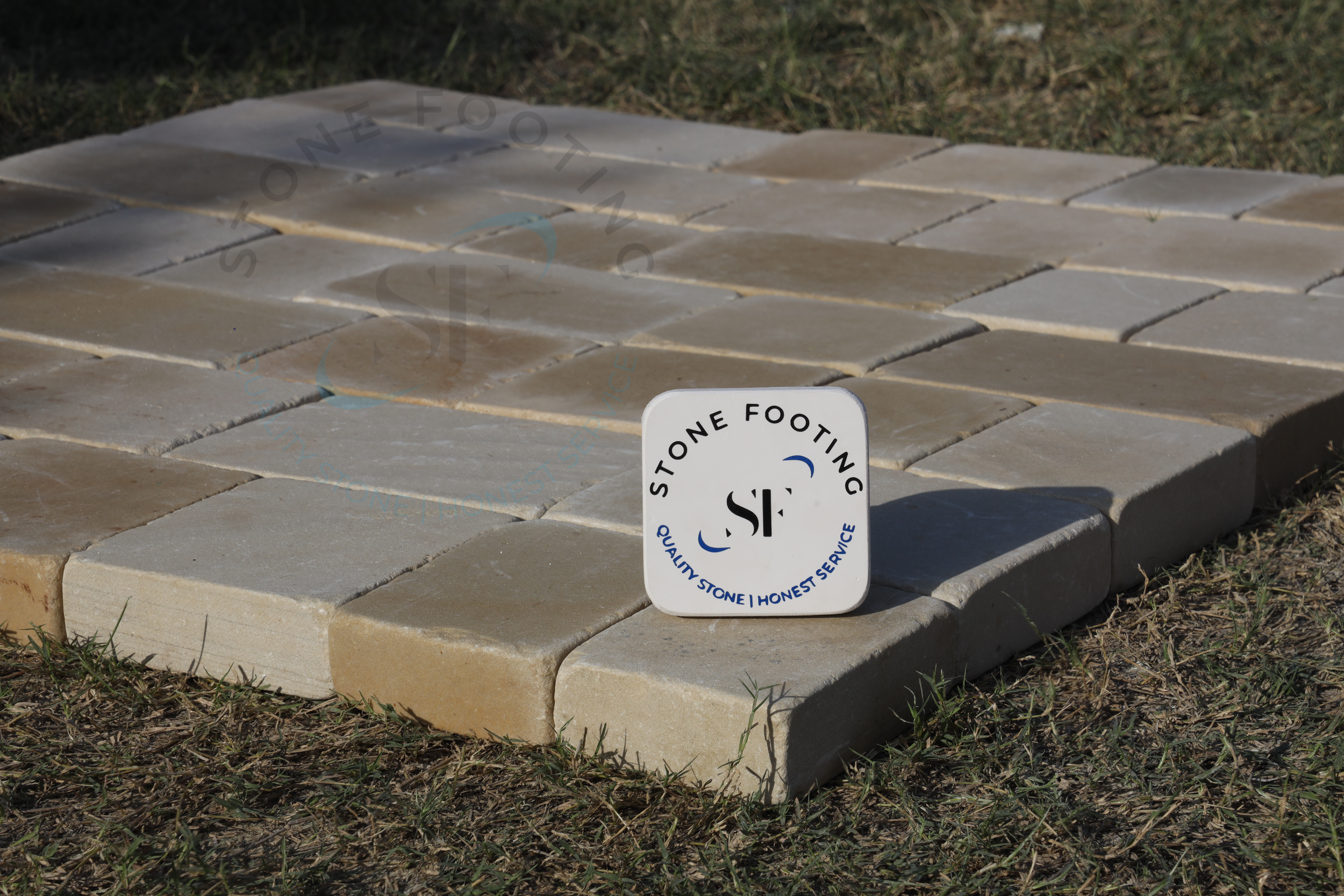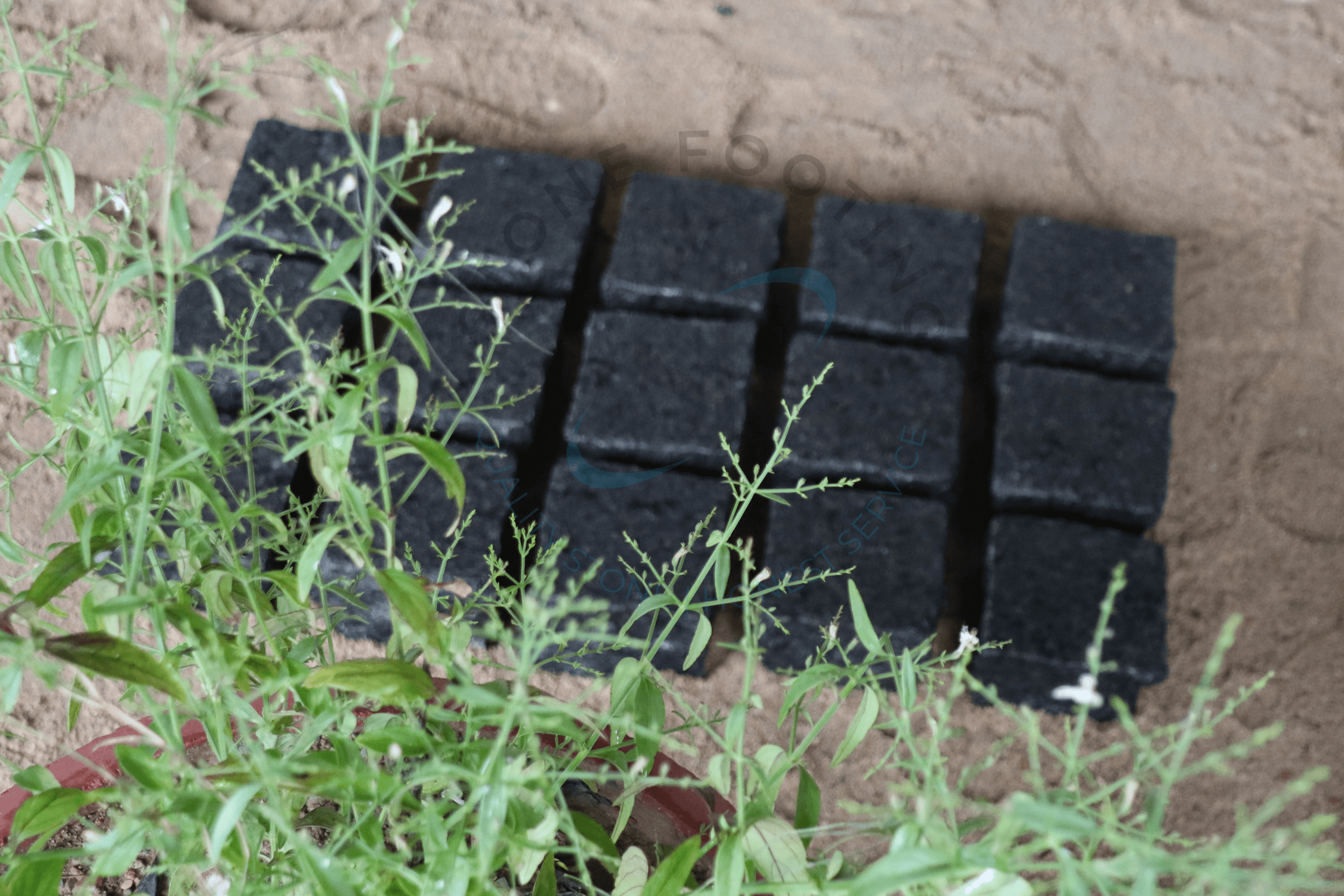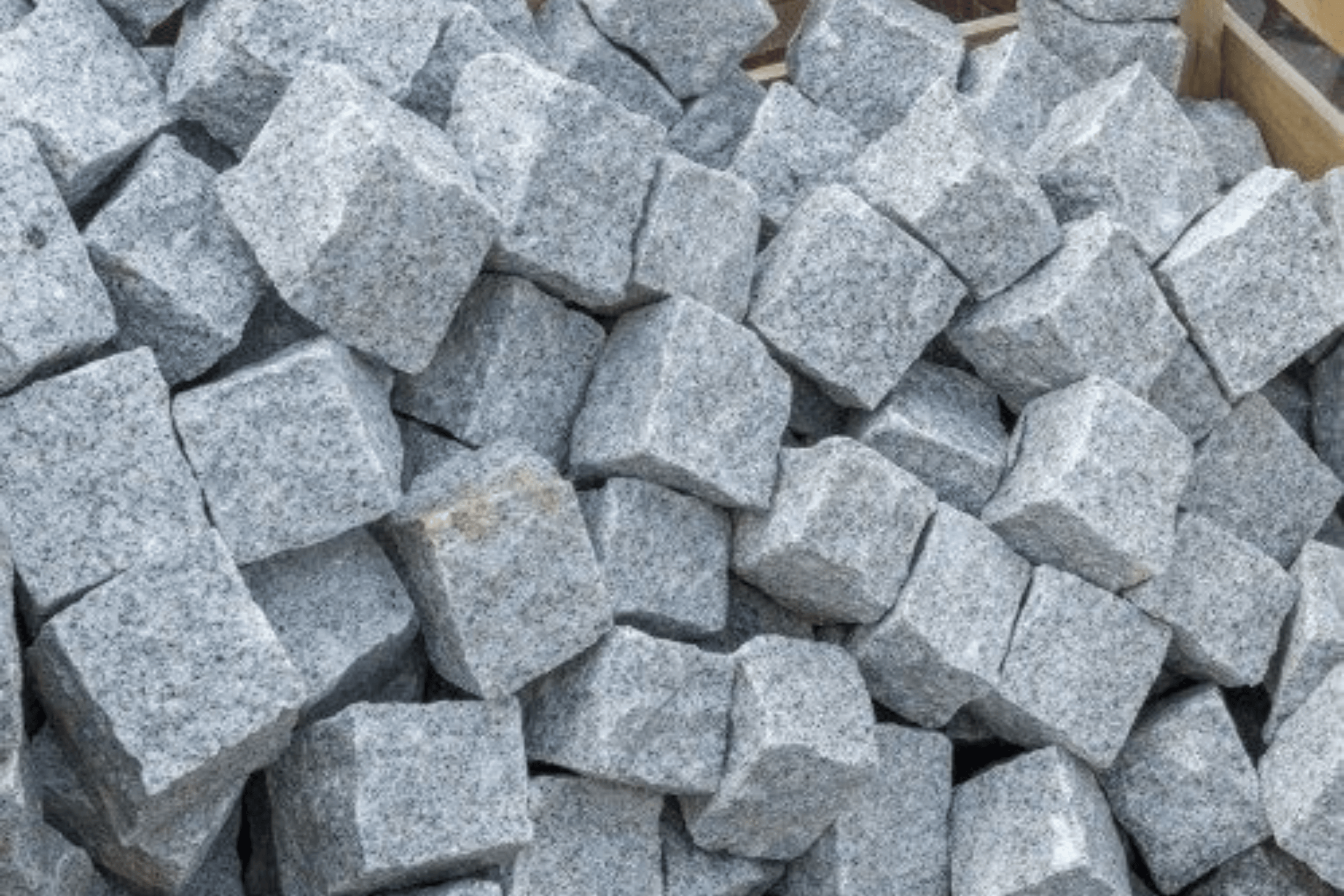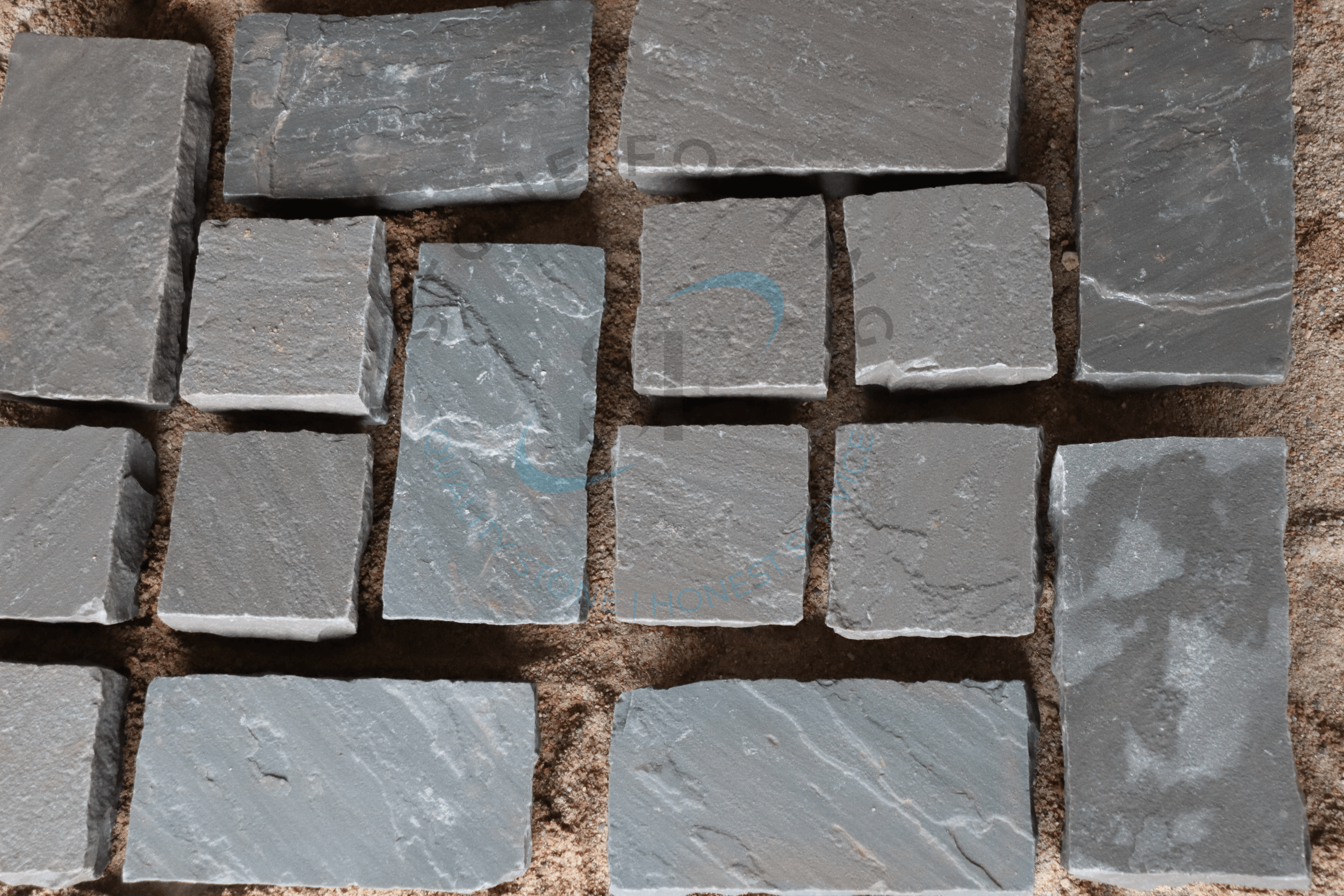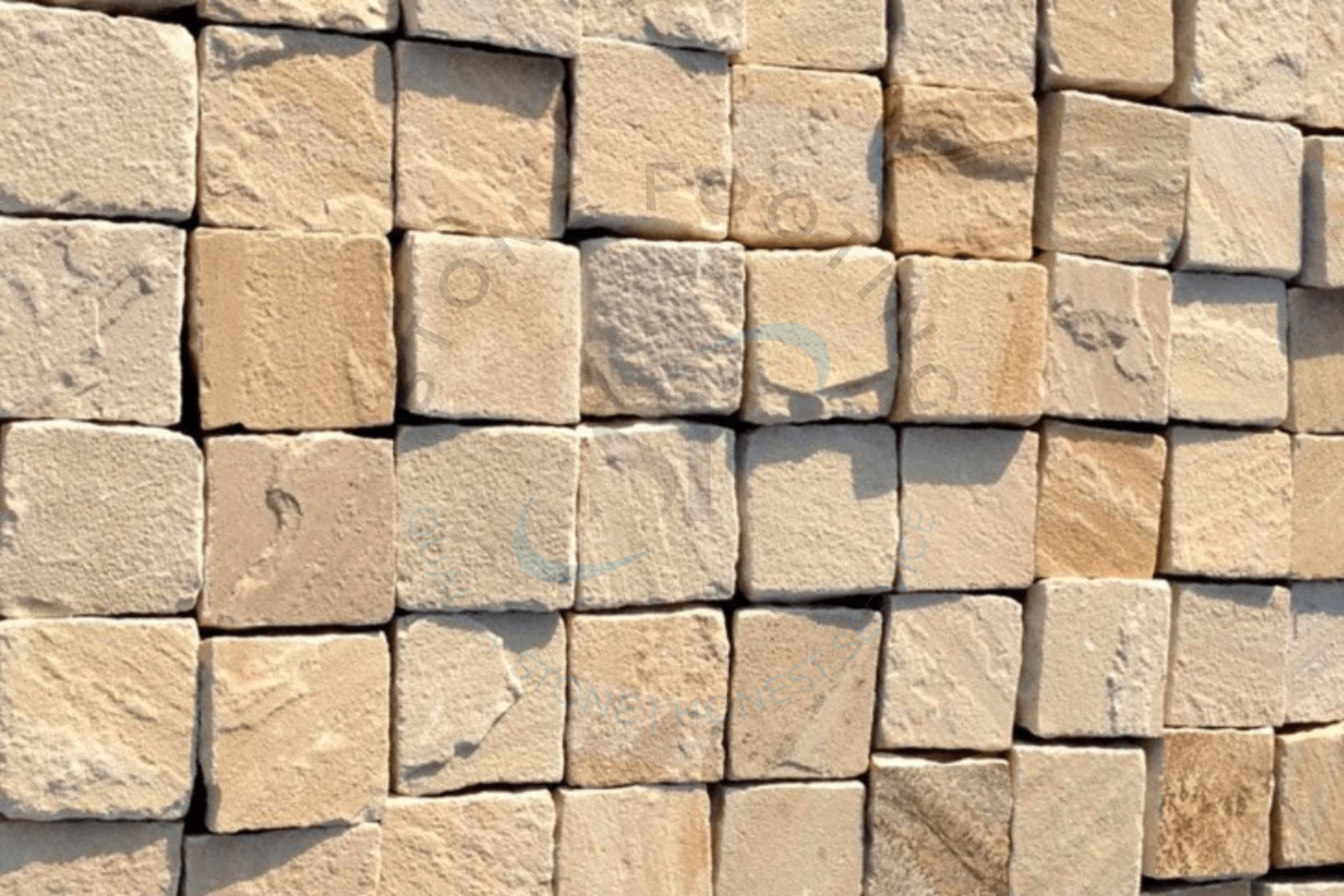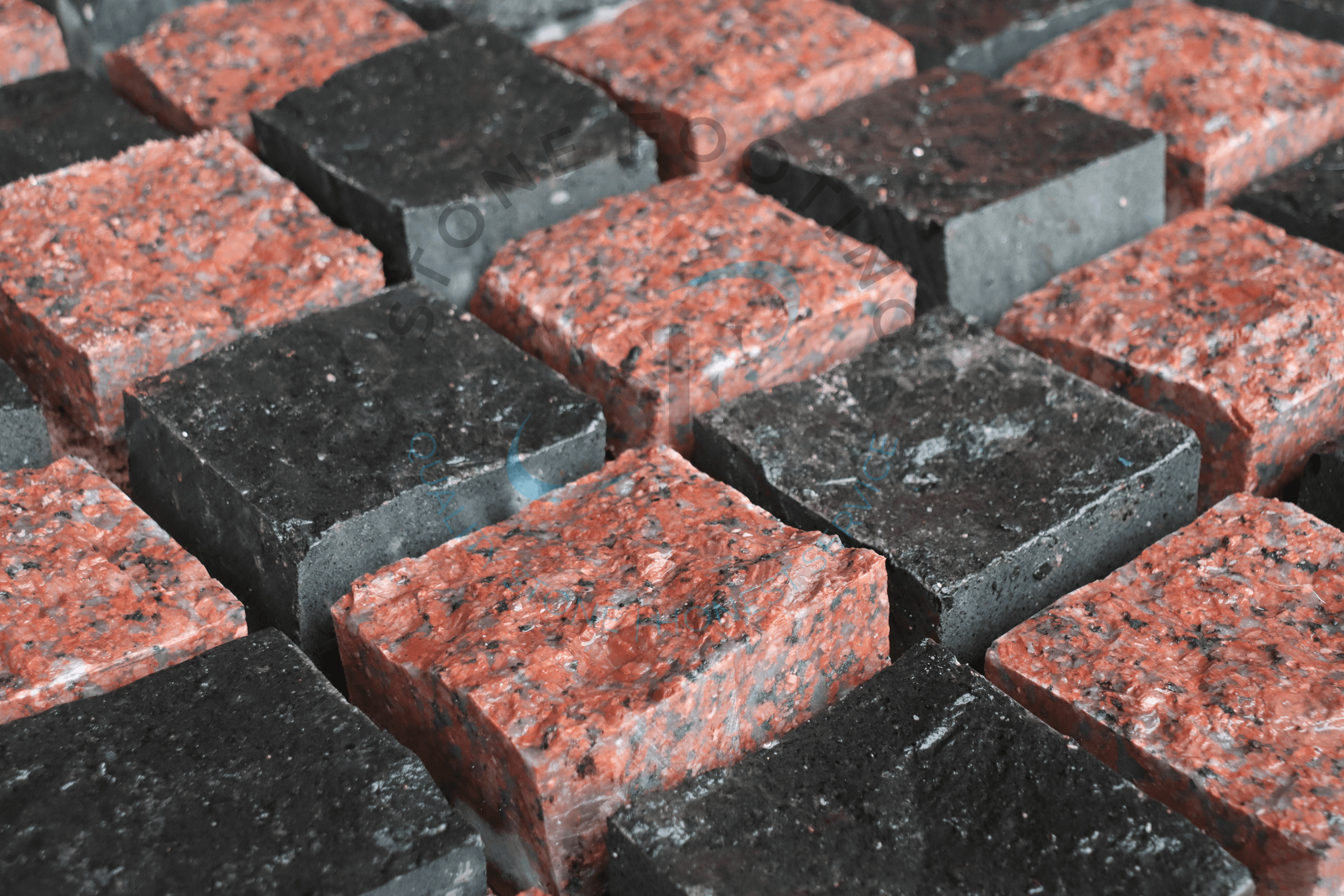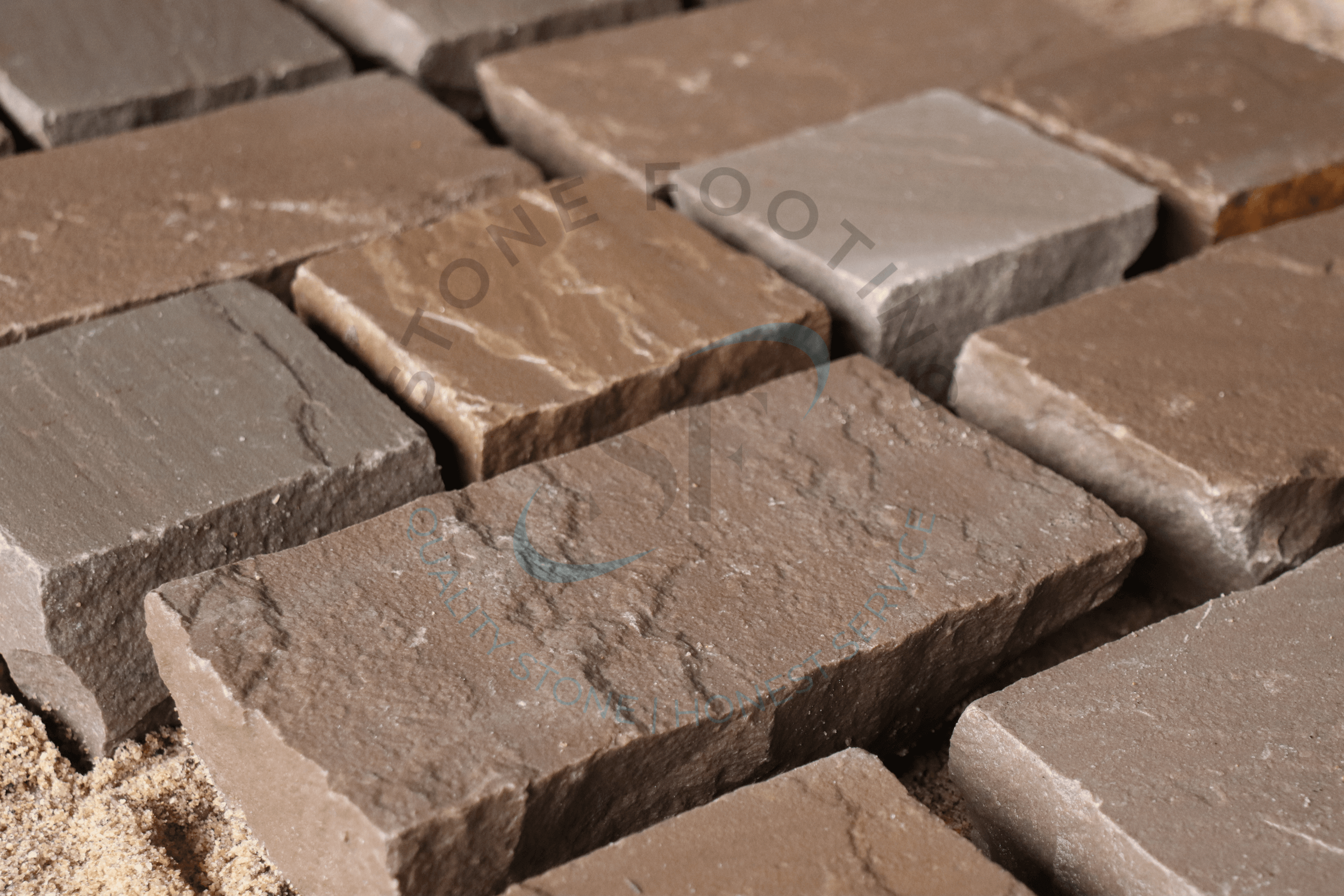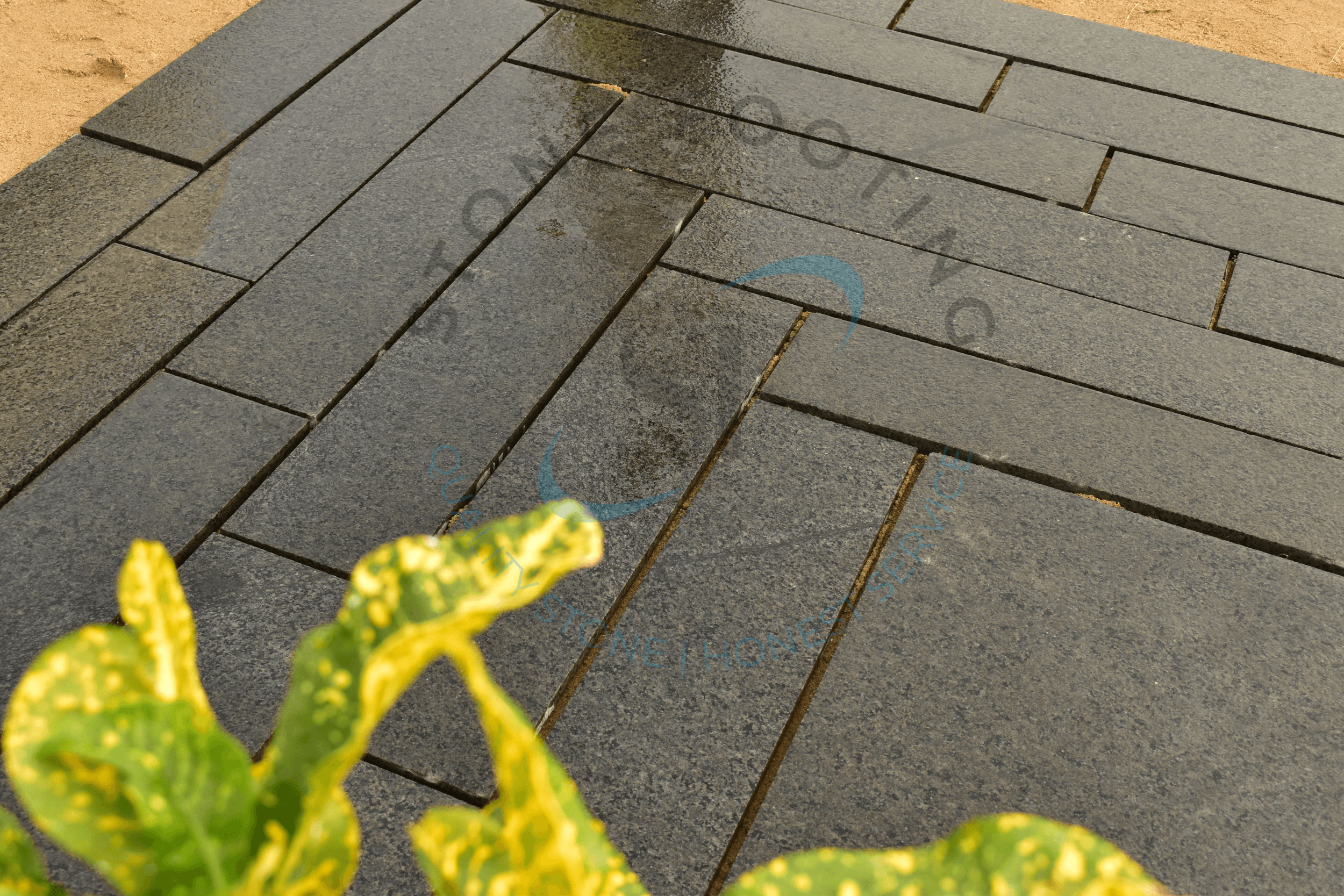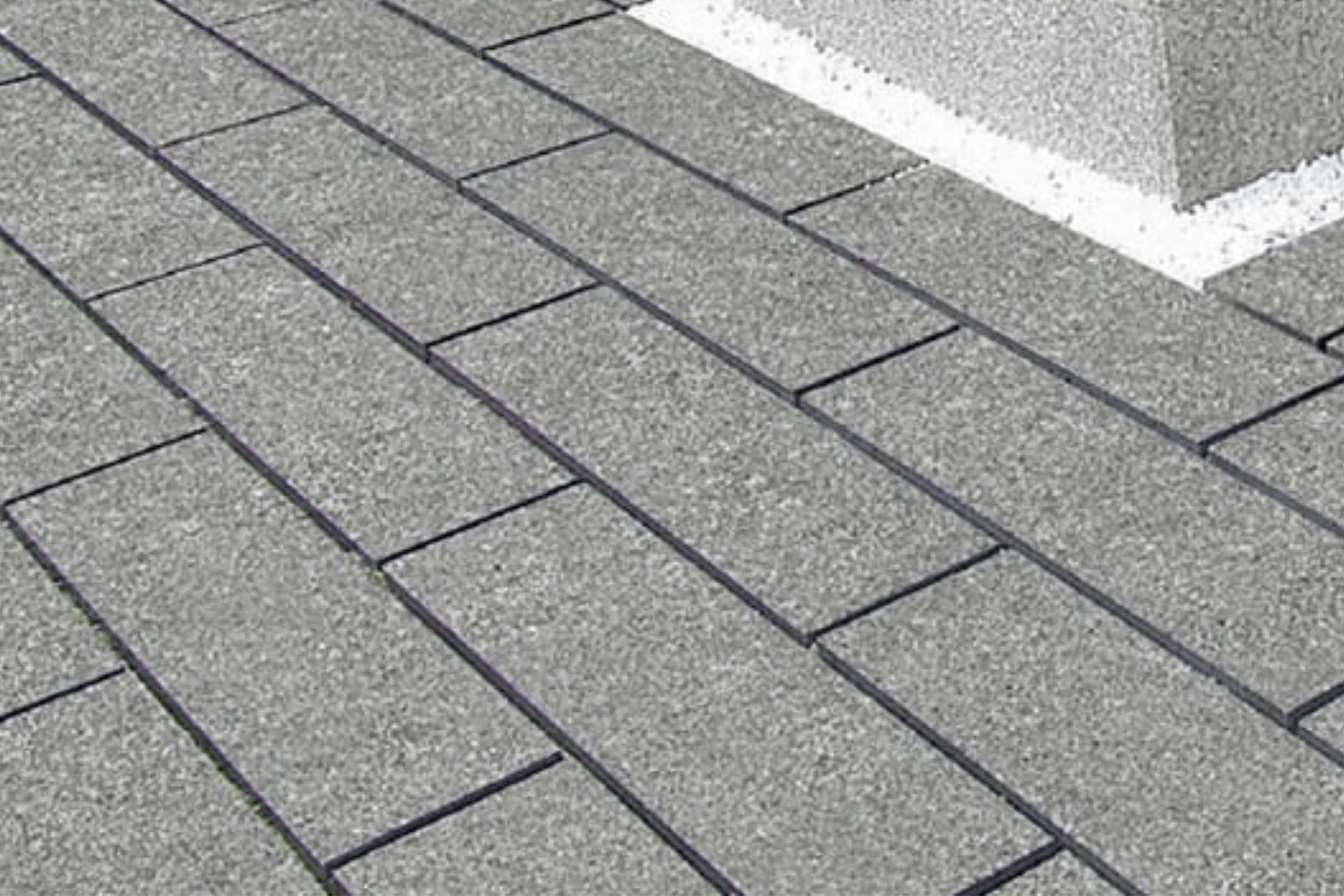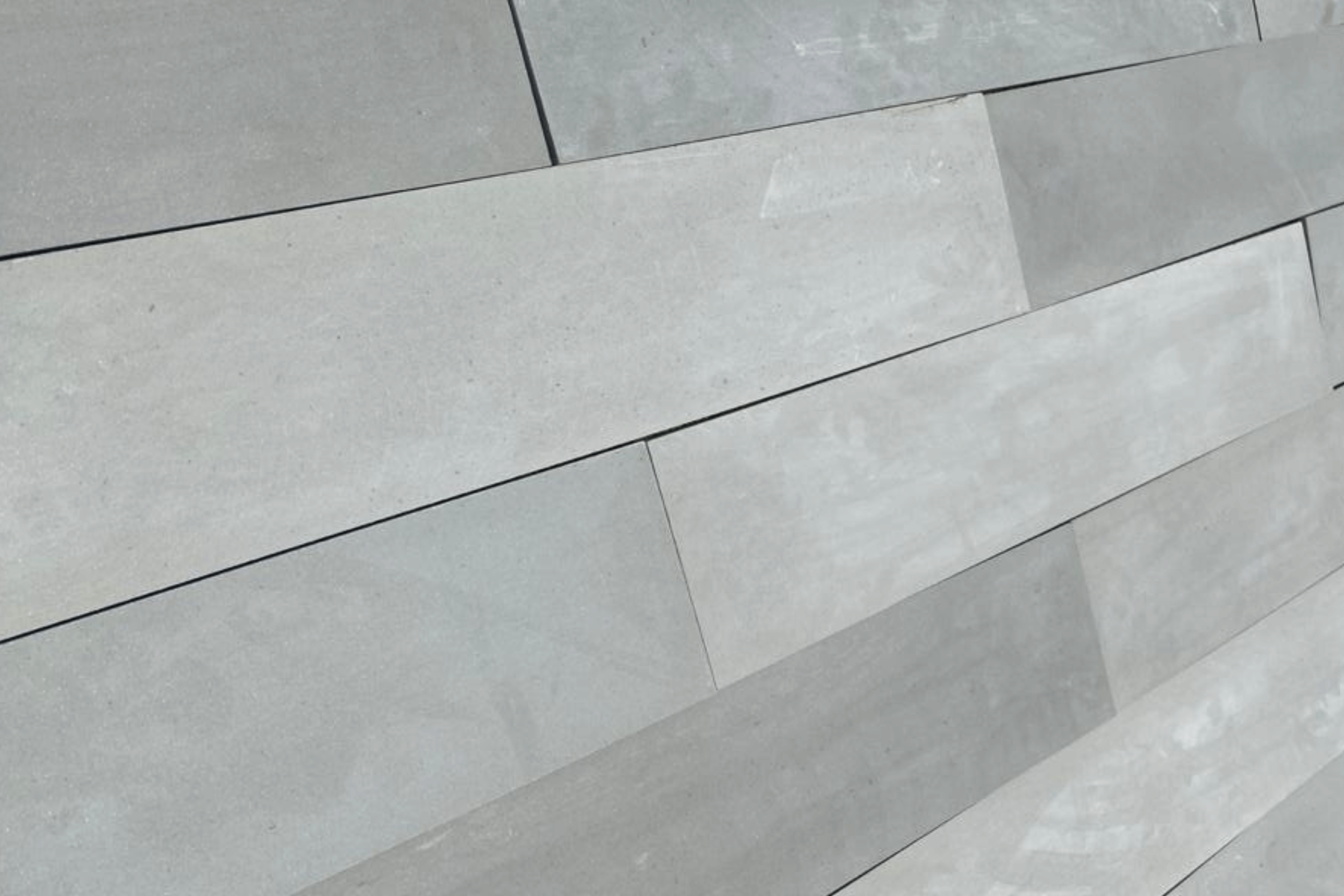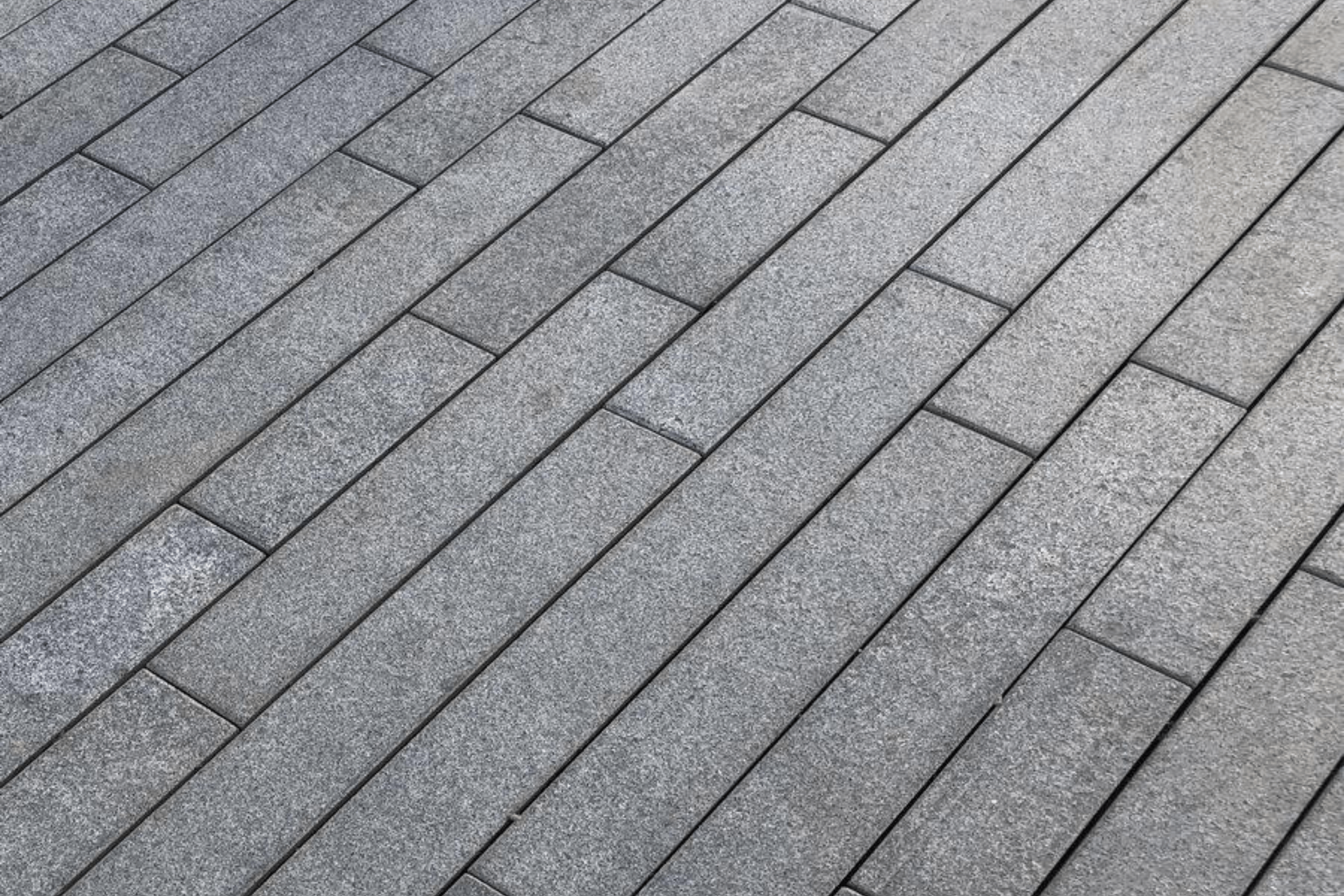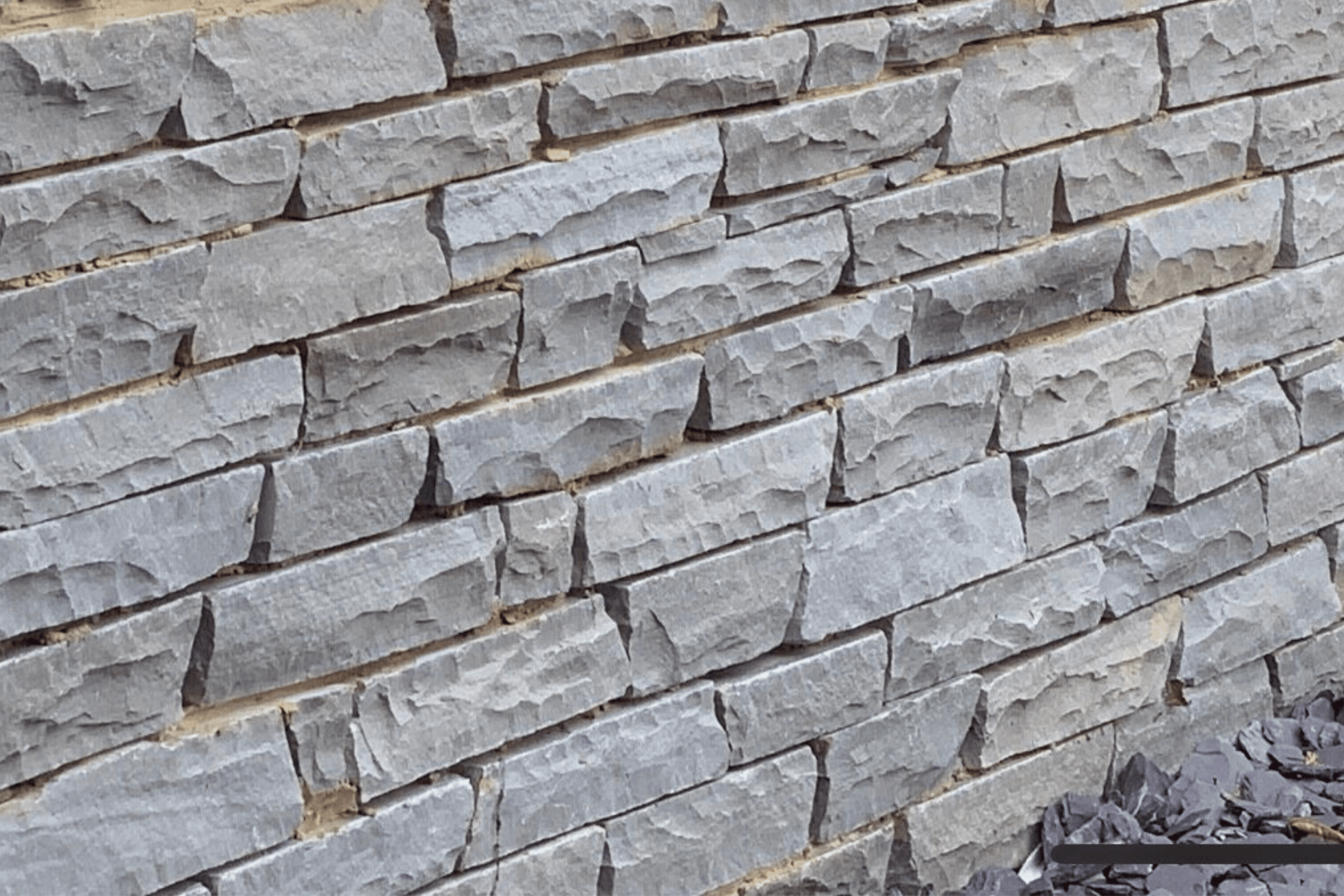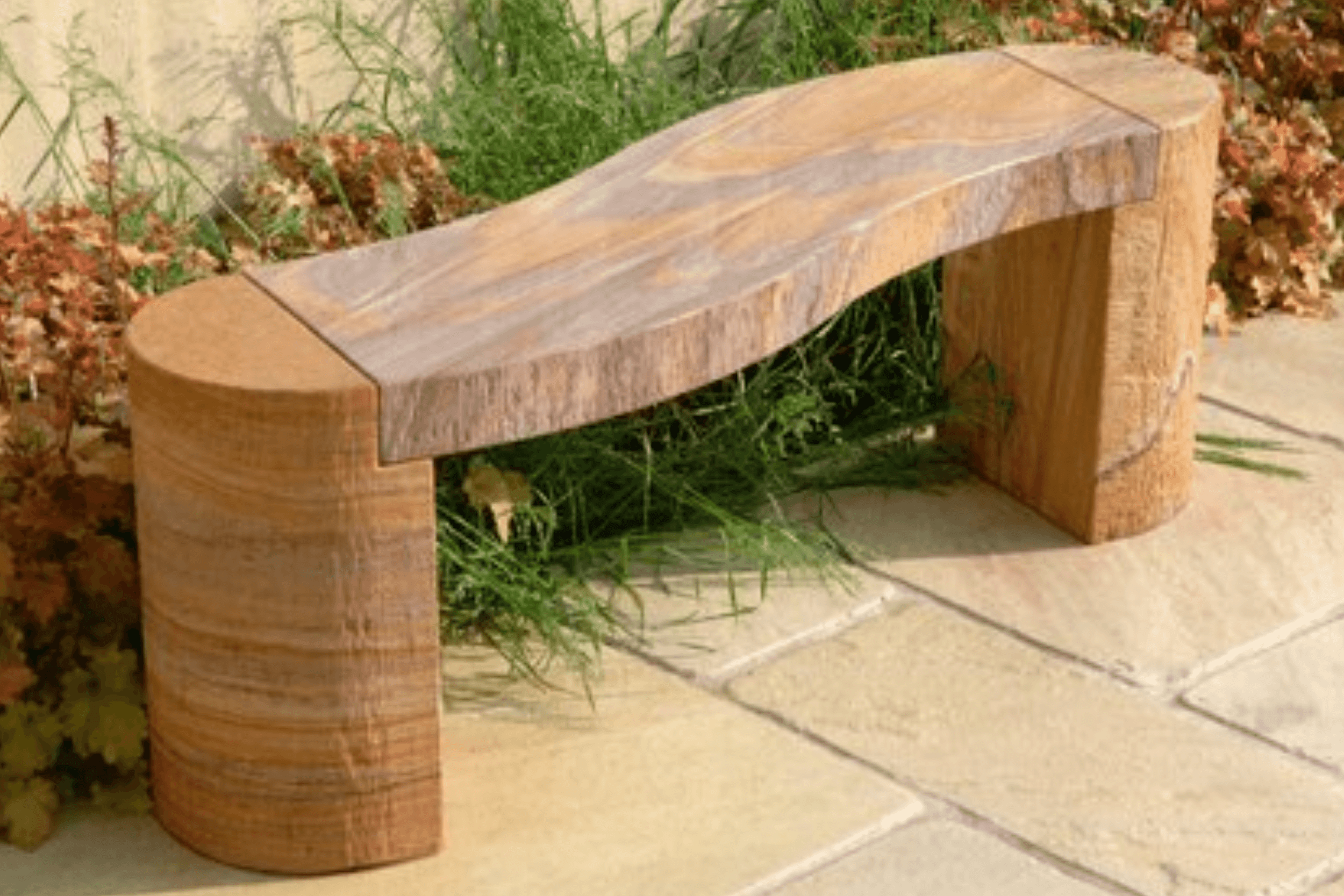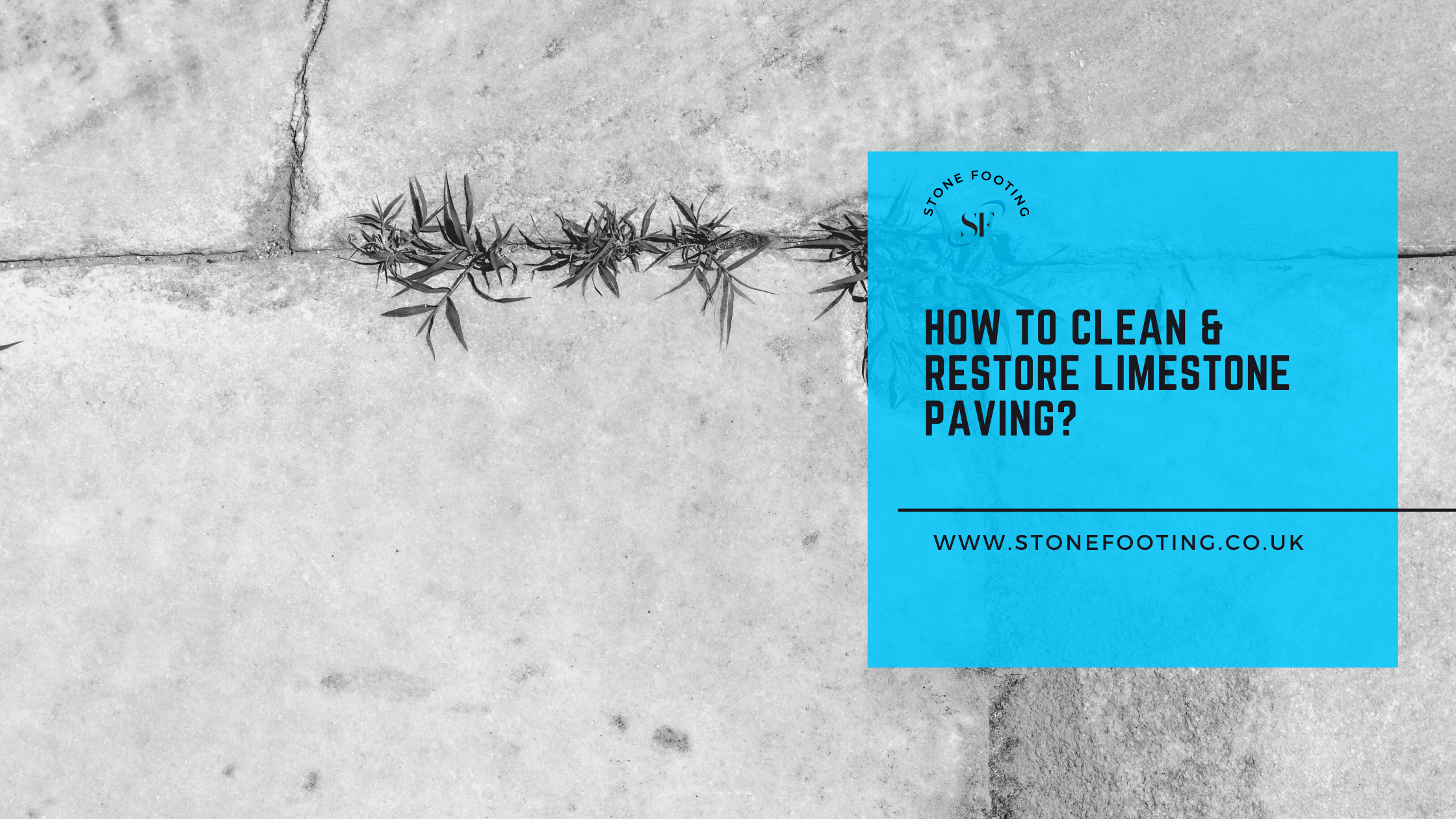Limestone paving is one of the most widely used materials for an outdoor patio. Whether the patio is built of pavers, slabs, or a single giant stone, limestone is becoming increasingly prevalent in backyards around the country. Surprisingly, as many of these homeowners will confirm, to clean and restore limestone poses its own set of challenges.
When compared to other forms of stone, limestone is particularly permeable. As a result, removing limestone stains can be difficult. You can’t use the same methods for removing limestone stains as you would for cleansing a concrete patio. Instead, follow these step-by-step steps to get a clean & restore limestone paving.
Gather. You will only need a few simple materials to clean and restore limestone patio. A pressure washer, glasses, protective gloves, a small pail, and bleach are all required.
Sweep. Clean and restore limestone and your patio is absolutely clean. Begin by sweeping everything into huge heaps with the deck broom. After you’ve gathered all of the dirt and filth from your patio, eliminate the heaps using your smaller standard broom and a dustpan. Repeat this process until the great bulk of the dirt has been removed.
Rinse. Set up the pressure washer according to the manufacturer’s instructions. Put on your goggles to protect your eyes and start the pressure washer. The great majority of stains may often be removed by simply cleaning the patio with a power washer.
Scrub. Put on your sterile gloves and get your stiff toothbrush and disinfectant. Fill a bucket halfway with water and half with bleach. Apply a little amount of the cleaning solution to the stain and scrape with a firm brush. Rep till the stains are gone.
Rinse. Re-start the pressure washer. Rinse the whole patio to eliminate any remaining cleaning mixes and stains. If this doesn’t work, repeat step four until the spots are gone.
Dos And Don’ts Of Limestone Cleaning
When discussing care and cleaning practices with your maintenance team, there are a few dos and don’ts that should be observed at all times:
Floors should be dusted and mopped on a regular basis.
Use a gentle detergent or stone soap to clean and restore limestone..
After scrubbing the surface, carefully rinse and dry it with clean, clear water.
Immediately mop up any spillage.
Non Slip mats or area rugs should be used to protect floor surfaces, while coasters, trivets, or placemats should be used to protect countertop surfaces.
On marble, limestone, travertine, or granite surfaces, never use vinegar, lemon juice, or other cleansers containing acids.
Do not use acid-containing cleaners such as bathroom cleansers, grout cleaners, or tub and tile cleaners.
Abrasive cleaners, such as dry or soft cleansers, should not be used.
Do not mix bleach with ammonia; this combo generates a hazardous and lethal gas.
Never combine chemicals unless the manufacturer clearly instructs you to do so.
Vacuum cleaners that are worn out should not be used. The metal or plastic attachments, as well as the wheels, may scrape the surface of the stone.
Limestone Paving Sealing
It is normally recommended to seal Limestone Paving to help avoid discoloration and the growth of fungus or mildew.
You may wish to consider sealing your limestone to help keep the dark tones; but, sealing is not required, and there are a variety of sealing treatments available with varying effects. Some sealants will merely seal and preserve your slabs, but others might be used to improve the color of your slabs.
Sealing your limestone will also preserve it from regular wear and fading.
There are no particular standards for when to apply a sealer, and most landscapers and tradespeople will have their own tried-and-true ways. Some individuals choose to seal their paving slabs before laying them to prevent discoloration during the laying procedure, while others prefer to leave their stone untreated for up to a year to enable the stone to weather naturally before adding a sealer. We at Stone Footing, the leading wholesaler of limestone paving stone with different popular finishes in the UK and other European Countries, always recommend contacting a local tradesperson who will be able to analyze the various factors in your location and give particular suggestions for your project.
Frequently Asking Questions
Is it possible to use bleach on limestone?
Thoroughly rinse with hot, clean water and dry with a clean mop or towel. They might cause more harm than benefit by etching the surface of limestone. On any limestone surface, never use bleaching.
What is the best way to clean limestone?
Using hard scrub brushes or high-pressure cleaners can potentially damage limestone. However, if your limestone is coated, cleaning is straightforward – regular sweeping and an infrequent wash with a soft cloth and soap and water will help to maintain your limestone in good condition for years to come.
Do coping stones have the potential to leak?
Coping stones protect the tops of external walls as well, but issues arise when they are constantly leaking. As a result, more damage such as hollow, weak, or missing render is caused. Weather changes play a significant role in the cause.
